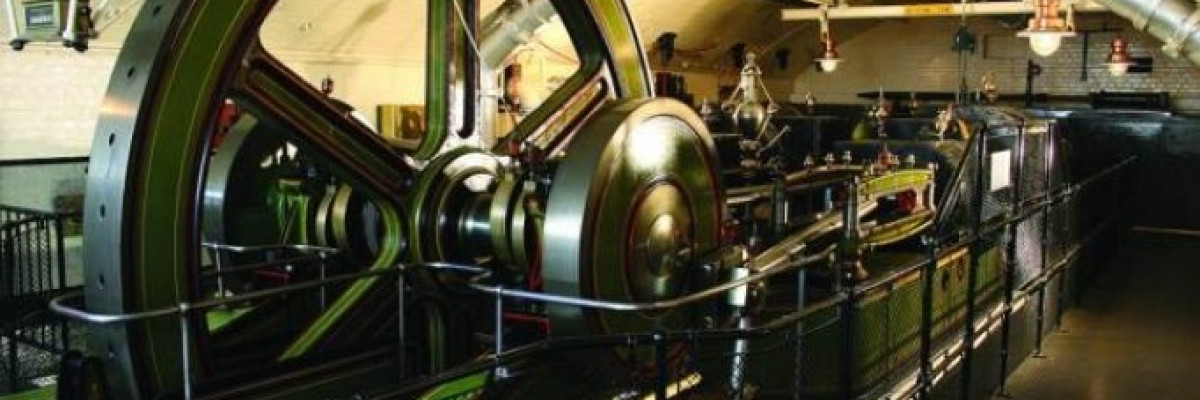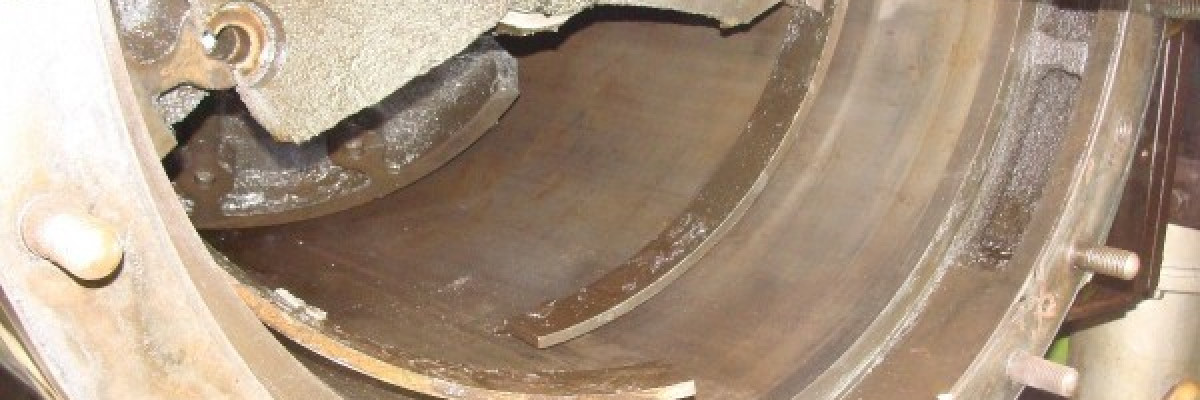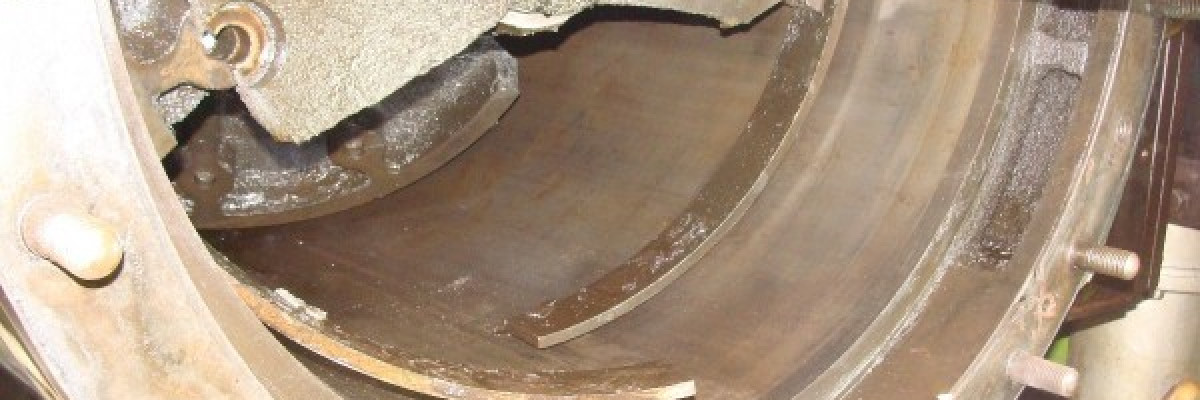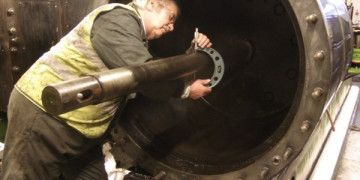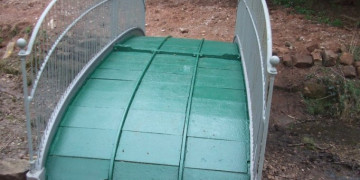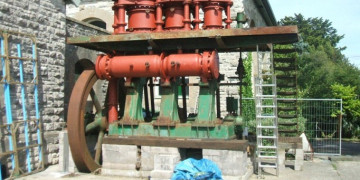Cast study: Tower Bridge Steam Engines
Investigation and repair of a damaged piston on Tower Bridge's engine A
We were asked to have a look at Engine A (one of the steam engines which are now operated under pneumatic power) as it had seized for an unknown reason although the problem was thought to be in the cylinder.
The cylinder cover was carefully removed, and it was discovered that 2 of the bolts holding the piston cover in place had backed off, hit the cylinder cover and smashed the bottom half of the piston, which then bent the piston rings.
We carefully removed the original piston, collar and rings. We machined 2 new Whitworth bolts to match those damaged, and it was decided that a replacement piston should be cast, machined and refitted, but with modern plastic piston rings to ensure no damage could occur to the cylinder bore should anything like this happen in the future.
The new elements were installed and the engine tested - all worked well and is now running again under pneumatic power.
A Brief Construction History
It took 8 years, 5 major contractors and the labour of 432 construction workers to build Tower Bridge.
Two massive piers were sunk into the river bed to support the construction and over 11,000 tons of steel provided the framework for the Towers and Walkways. This framework was clad in Cornish granite and Portland stone to protect the underlying steelwork and to give the Bridge a more pleasing appearance.
When it was built, Tower Bridge was the largest and most sophisticated bascule bridge ever completed. These bascules were operated by hydraulics, using steam to power the enormous pumping engines. The energy created was stored in six accumulators. As soon as power was required to lift the Bridge, it was always readily available. The accumulators fed the driving engines, which drove the bascules up and down. Despite the complexity of the system, the bascules only took about a minute to raise to their maximum angle of 86 degrees.

